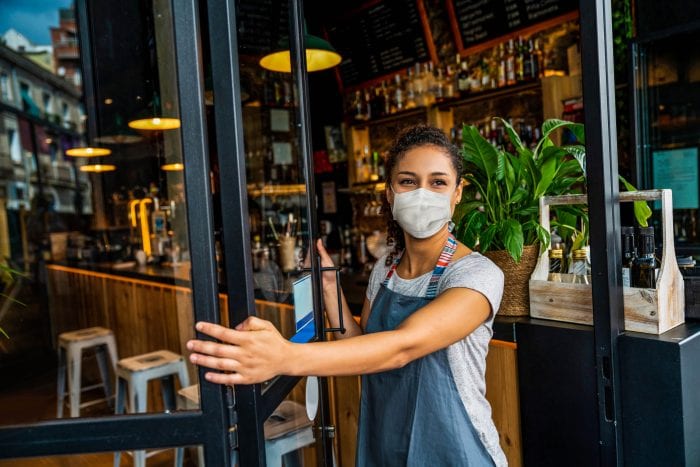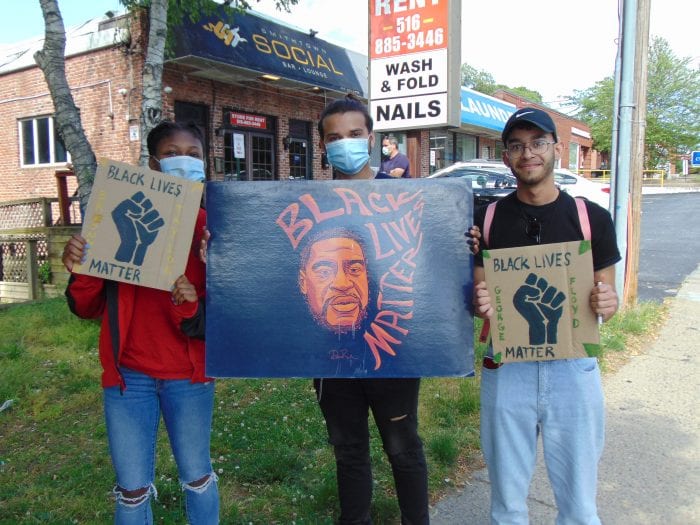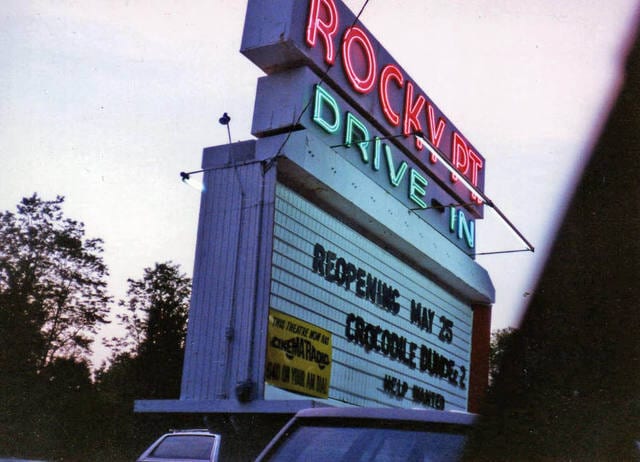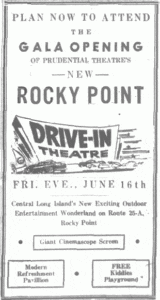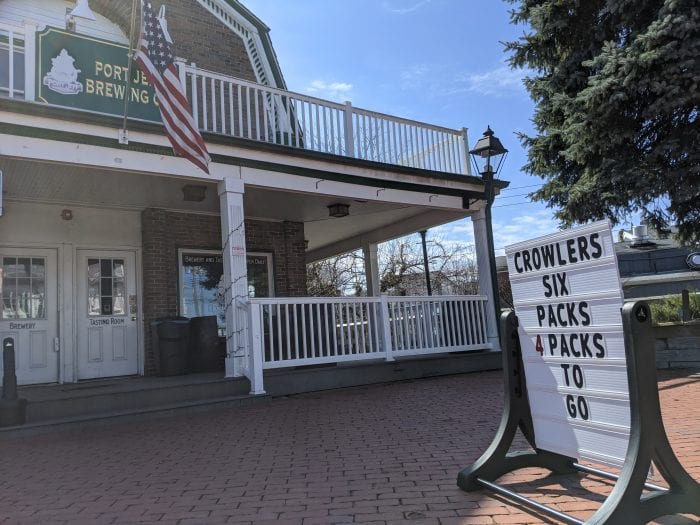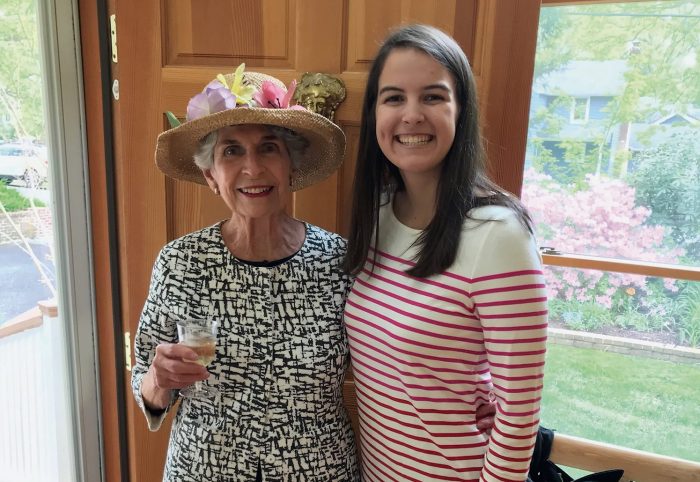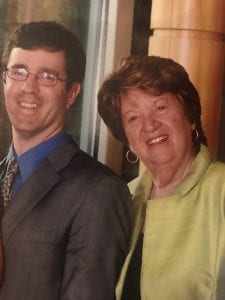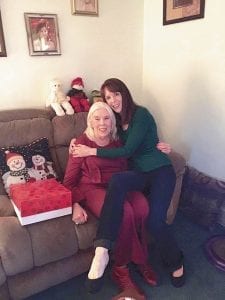It was the winter of 2007 to 2008 when the financial crisis hit. Years of excessive risky loans by banks (and others) and a downturn in the subprime lending market resulted in several years of economic hurt. Many lost their jobs and homes. Some say we truly have never recovered.
For the young people graduating high school or college just over a decade ago, it was walking blind toward a cliff’s edge. They went through school with certain expectations, but the jobs once promised to be there upon graduation were gone. In the following years, young people took what was available, much of the time it was low-paying service industry jobs without a real hope of promotion. A new kind of employment, something people started to call the “gig economy,” was born. People worked freelance without a chance for receiving health insurance through an employer or have any kind of job security.
Now we face a new impending time of economic peril, and there are many thousands of young people graduating this year from high school or college on Long Island.
We as parents and residents need to ask ourselves, “What will we do for them to make sure they can make it out there in a time of wild unpredictability and economic inhospitability?”
Research indicates that people who graduate in a time of economic tension can remain in worse straits than their peers for over a decade. A 2019 study in the Journal of Labor Economics showed the pay and employment rate for people who graduated during the Great Recession have remained relatively low, even after several years. Millennials, the youngest of whom are 24 while the oldest are nearing 40, hold just 3 percent of America’s wealth compared to 21 percent that the baby boomer generation held at around the same age, according to a 2019 U.S. Federal Reserve report.
This is a pivotal time for young people entering the job market, as not only is this when they can start to accrue wealth and build up savings, but it’s a means to start grinding away at what can be tens of thousands of dollars in student loans.
Without early starts to their careers, young people will end up running in place, making enough to live but not enough to build their credit or finances (though on Long Island it’s rare they will be able to afford the rent to even the smallest apartment).
It’s time as a nation we seriously have to consider governmental action to save the future for our graduates. Yes, that includes student loan forgiveness programs, as there is potentially no worse idea than saddling a young person — who likely never even signed a check before — with thousands upon thousands in debt to either private firms or the U.S. government. Even more people will be looking to college as a way to build their job prospects, so it’s time we look at additional subsidies for college. We should also start thinking of handing out incentives to companies willing to hire people fresh out of school.
An unregulated financial sector helped cause the 2008 economic collapse. Now with the pandemic, more research has shown if the government, both state and federal, had responded to the crisis with lockdowns sooner, we could have saved more lives and potentially restarted our economy faster and smoother.
What’s done is done, but the fact is young people had no part in causing this economic downturn. Let’s have us as parents and neighbors think about how we can still help young people get ahead in life, for the sake of their entire generation.


